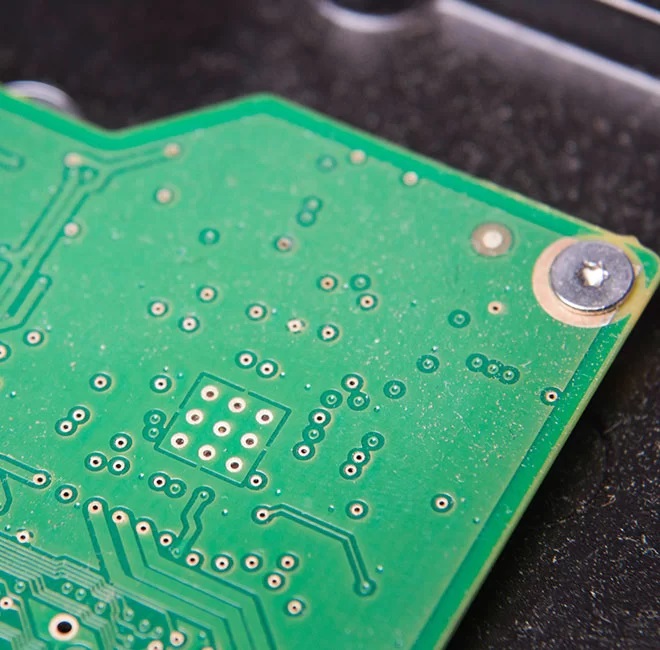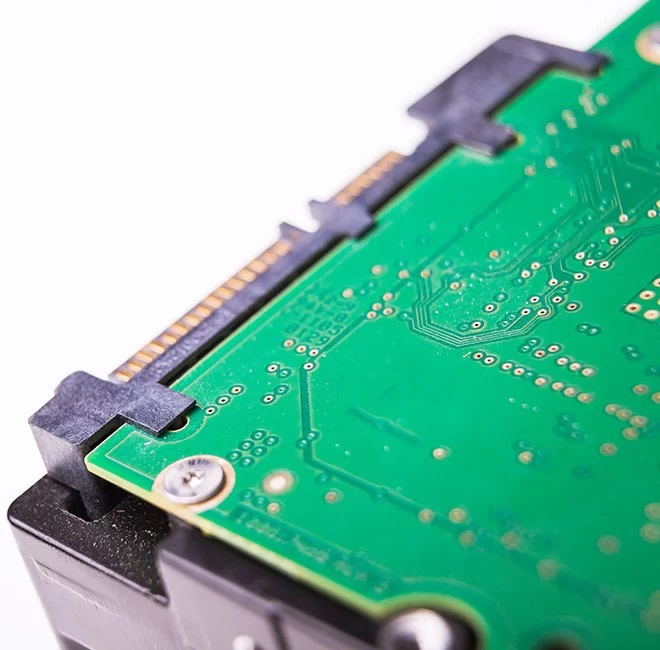High Frequency PCB

overview
What is High-Frequency PCB?
A high-frequency PCB is a printed circuit board designed to be used in applications where high-frequency signals must be transmitted and received. High-frequency PCBs typically require a greater amount of dense traces and intricate components such as small via sizes and fine pitch technology. This allows for speeds over 1GHz, with reduced interference, operational stability and improved electrical performance. Common applications for high-frequency PCBs include aerospace, medical devices, 5G communication, and gaming electronics. High-frequency PCBs require special attention when being designed, as they can be more easily damaged than other types of PCBs and require a more intricate fabrication process.
Why Use a High Frequency PCB?
High-frequency PCBs are perfect for communications applications such as radar, antenna, microwave, guidance systems and more. They can deliver better electrical performance than their lower frequency counterparts, and transmit electromagnetic waves in frequencies up to the GHz range. This makes high-frequency PCBs an ideal choice for communications projects.
- Electromagnetic waves with minimal signal loses
- Improved signal integrity
- Support faster signal flow rates
- More accurate signal routing
- Reduced board assembly costs
- Lower dielectric constant (DF) and dissipation factor (DK)


Materials Used to Manufacture High-Frequency PCB
High-frequency PCBs are typically manufactured from high density laminated structures, such as those supplied by board brands like Rogers, Taconic, Arlon, Panasonic, and Formosa.
- Rogers 4350B, 4003C, RO3003, RO3006, RO3010, RO3001
- Panasonic Megtron6
- Taconic TLC, TLX, RF-35
- ARLON 85N
